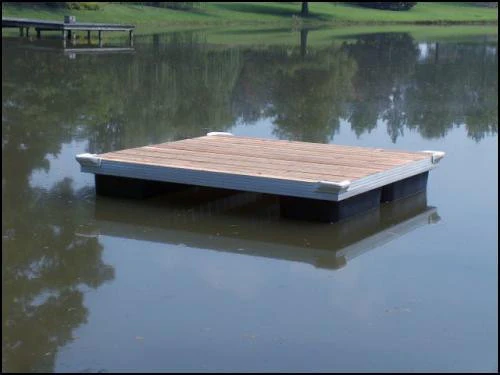Floating docks have transformed waterfront access, offering a versatile, innovative solution for boats and recreation. Unlike traditional fixed docks that are anchored to the seabed or lake floor, floating docks are buoyant and move with the water’s surface, making them adaptable to various water levels and environments. This versatility is key to their growing popularity, as they provide seamless access to boats, kayaks, and other watercraft while enhancing recreational spaces around lakes, rivers, and coastal areas. One of the primary advantages of floating docks is their adaptability to changing water conditions. In areas where tides fluctuate or seasonal variations cause significant shifts in water levels, traditional fixed docks may become unusable or require frequent maintenance. Floating docks, on the other hand, rise and fall with the water, ensuring consistent access regardless of changes. This feature makes them particularly valuable in coastal areas with large tidal ranges or in regions prone to flooding.

Another key benefit of floating dock is their modularity and ease of installation. These docks can be assembled in various configurations, allowing property owners to customize their dock systems to meet specific needs. Whether it is for small personal watercraft like kayaks or for larger motorboats, floating docks can be designed to fit different types of boats and recreational purposes. Furthermore, the installation process is often simpler and less disruptive to the environment compared to fixed docks, which require substantial construction efforts. In addition to their practical benefits, floating docks are increasingly being designed with sustainability in mind. Many are built using eco-friendly materials like recycled plastic or composite decking that is resistant to rot, mildew, and pests. These materials not only reduce environmental impact but also increase the longevity of the docks, requiring less maintenance and fewer replacements over time. Some floating docks are even designed to support marine life by incorporating features like submerged habitats that promote the growth of aquatic plants and provide shelter for fish.
Floating docks also enhance the recreational use of waterfronts. For boating enthusiasts, these docks offer easier, more convenient access to the water. For those who enjoy other water-based activities such as swimming, paddleboarding, or fishing, hiseadock provide a stable platform from which to engage in these activities. Moreover, the flexibility of floating docks allows them to be reconfigured or expanded over time, making them an excellent long-term investment for waterfront properties. As waterfront communities continue to grow, floating docks are becoming an essential component in modern marina and shoreline design. Their ease of use, environmental benefits, and adaptability to a wide range of conditions make them an attractive option for both commercial and residential applications. Whether it is for a private residence, a resort, or a marina, floating docks are transforming the way we interact with water, making it easier than ever to enjoy the beauty and recreational opportunities that waterfronts have to offer.